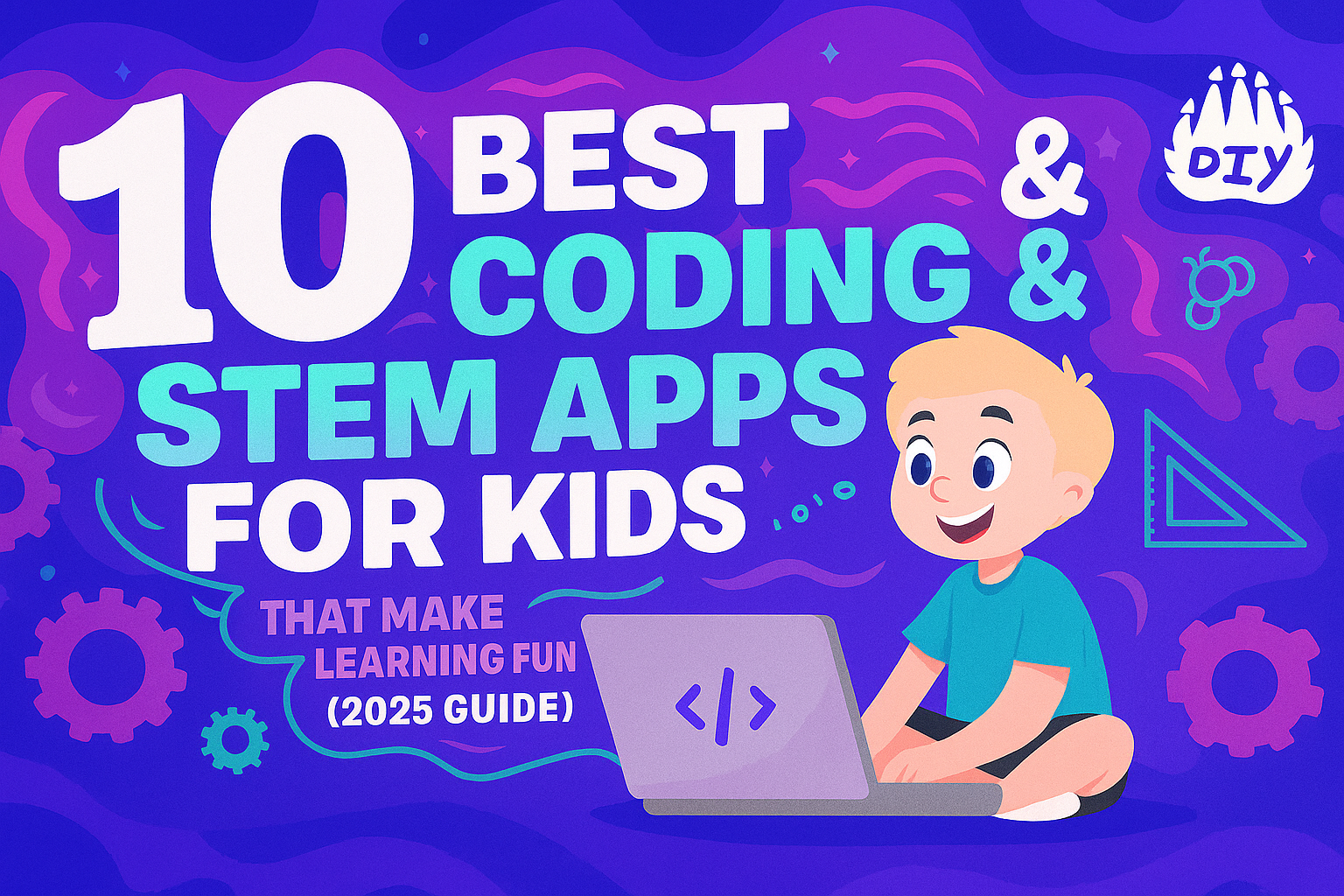In a world powered by technology, helping kids learn to code and explore STEM (Science, Technology, Engineering, and Math) is one of the smartest investments a parent or educator can make. But not all screen time is created equal. Thankfully, the right apps turn passive scrolling into active learning and even better, into creative fun.
We’ve ranked the 10 best apps that make coding and STEM exploration exciting and accessible for kids. Whether your child is a future game developer, robotics engineer, or just curious about how things work, these apps spark curiosity and confidence from the very first tap.
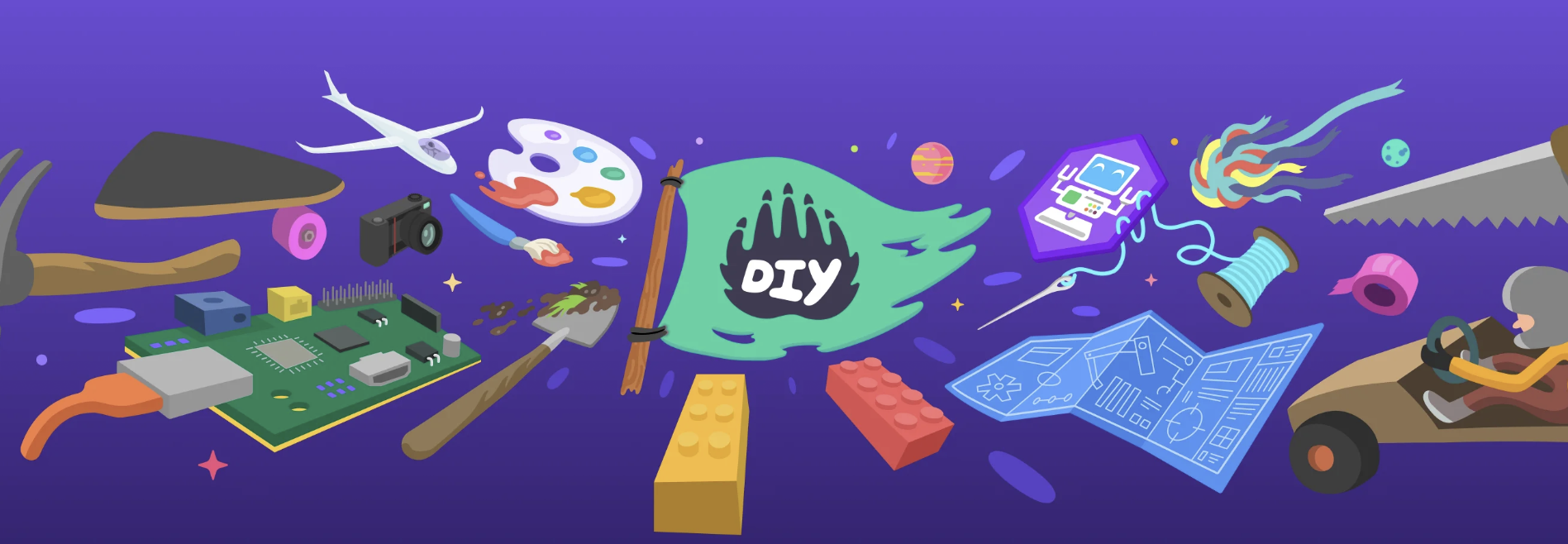
1. DIY.org The Ultimate All-in-One Creative Learning Platform
If you want a single app that combines coding, STEM, creativity, and real-world challenges, DIY is the gold standard.
Why We Love It
DIY turns screen time into skill-building time. Kids can explore topics like coding, science experiments, engineering, animation, and even video production through guided challenges and interactive video courses. The platform is completely kid-safe, with a built-in community that allows kids to share projects and earn badges all under expert moderation.
Features
Self-paced learning paths (Coding, LEGO engineering, robotics, and more)
100% kid-safe community with feedback and encouragement
Projects designed by educators, engineers, and creators
Gamified learning with badges, points, and trophies
Best for Ages: 6–16 Platforms: Web, iOS Visit DIY
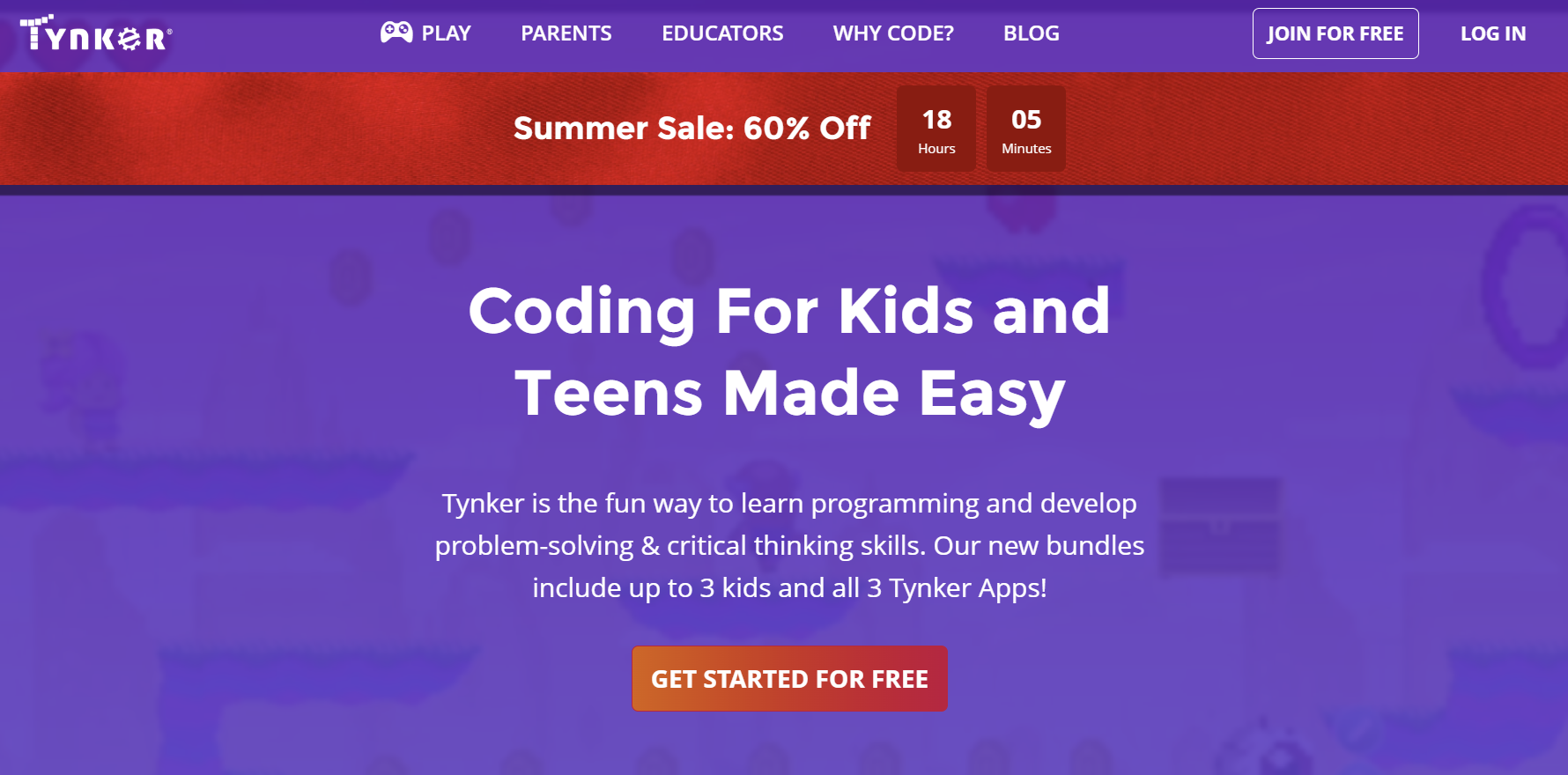
2. Tynker
Tynker is a top-tier platform for kids who want to learn coding through game development, modding Minecraft, or flying drones.
Features
Drag-and-drop block coding to real text-based languages like Python and JavaScript
Interactive lessons on game design, web development, and robotics
Integration with physical computing kits like drones and microcontrollers
Best for Ages: 7–14 Platforms: iOS, Android, Web
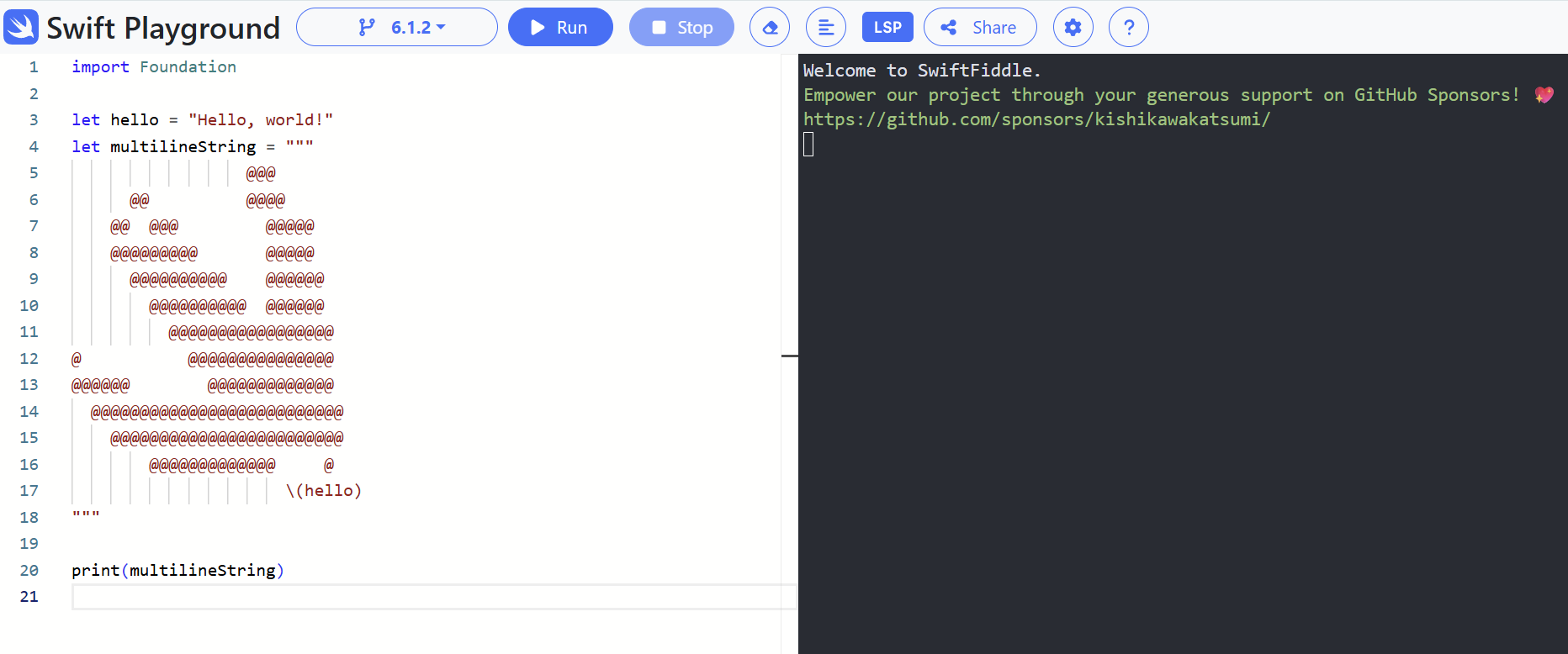
3. Swift Playgrounds
Created by Apple, Swift Playgrounds is a sleek, puzzle-based app that introduces kids to the Swift programming language, the same one used to build iOS apps.
Features
Fun, gamified puzzles that teach Swift syntax
Integration with hardware like drones and robots
Ideal for kids ready to transition from block coding to real-world syntax
Best for Ages: 10+ Platforms: iPad, Mac
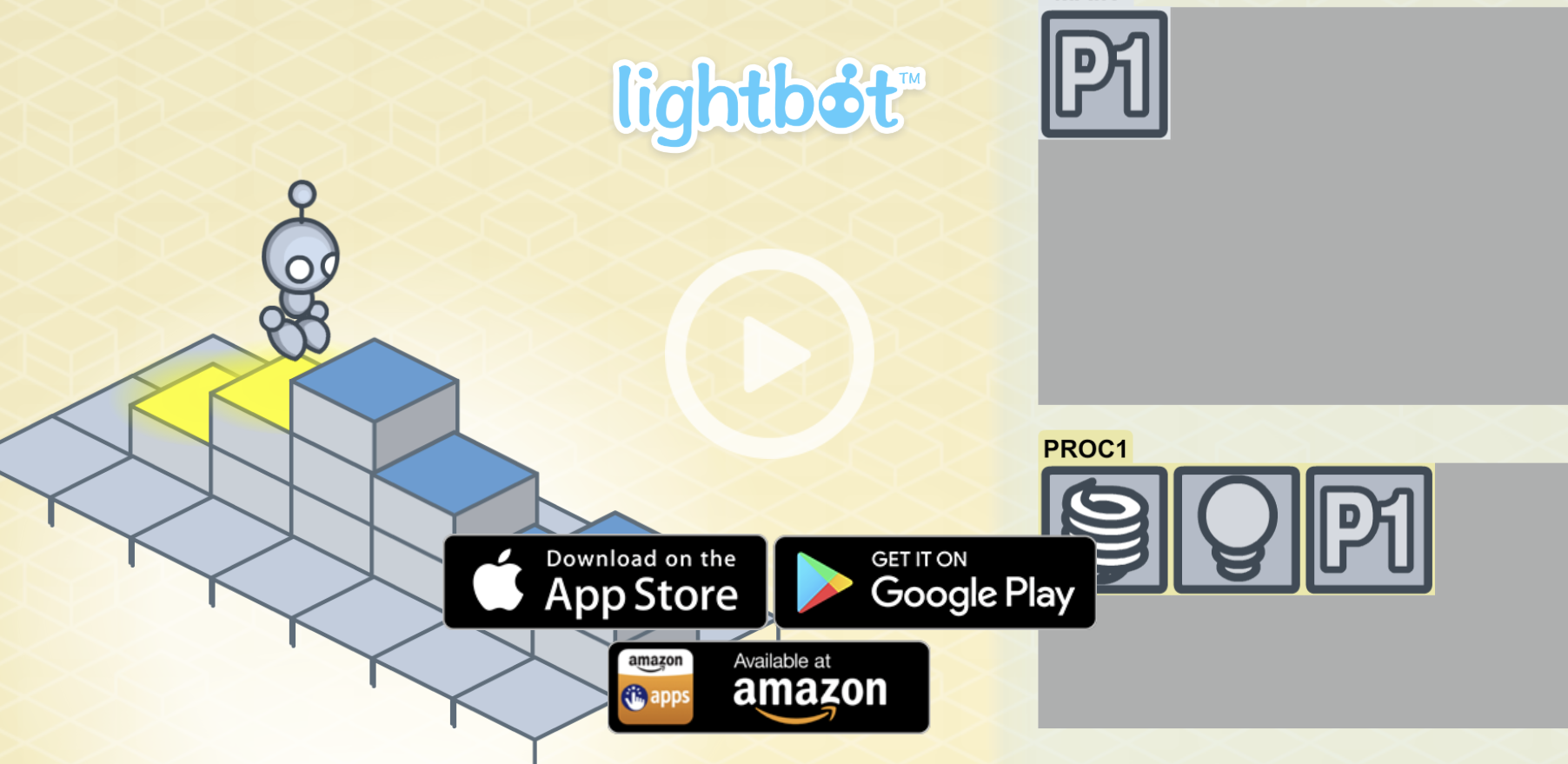
4. Lightbot
Lightbot is a clever puzzle game that teaches programming concepts like loops, conditionals, and procedures without needing any prior coding experience.
Features
Levels that gradually build logical thinking
Visually intuitive gameplay for younger learners
No reading required; great for pre-readers
Best for Ages: 5–9 Platforms: iOS, Android, Web
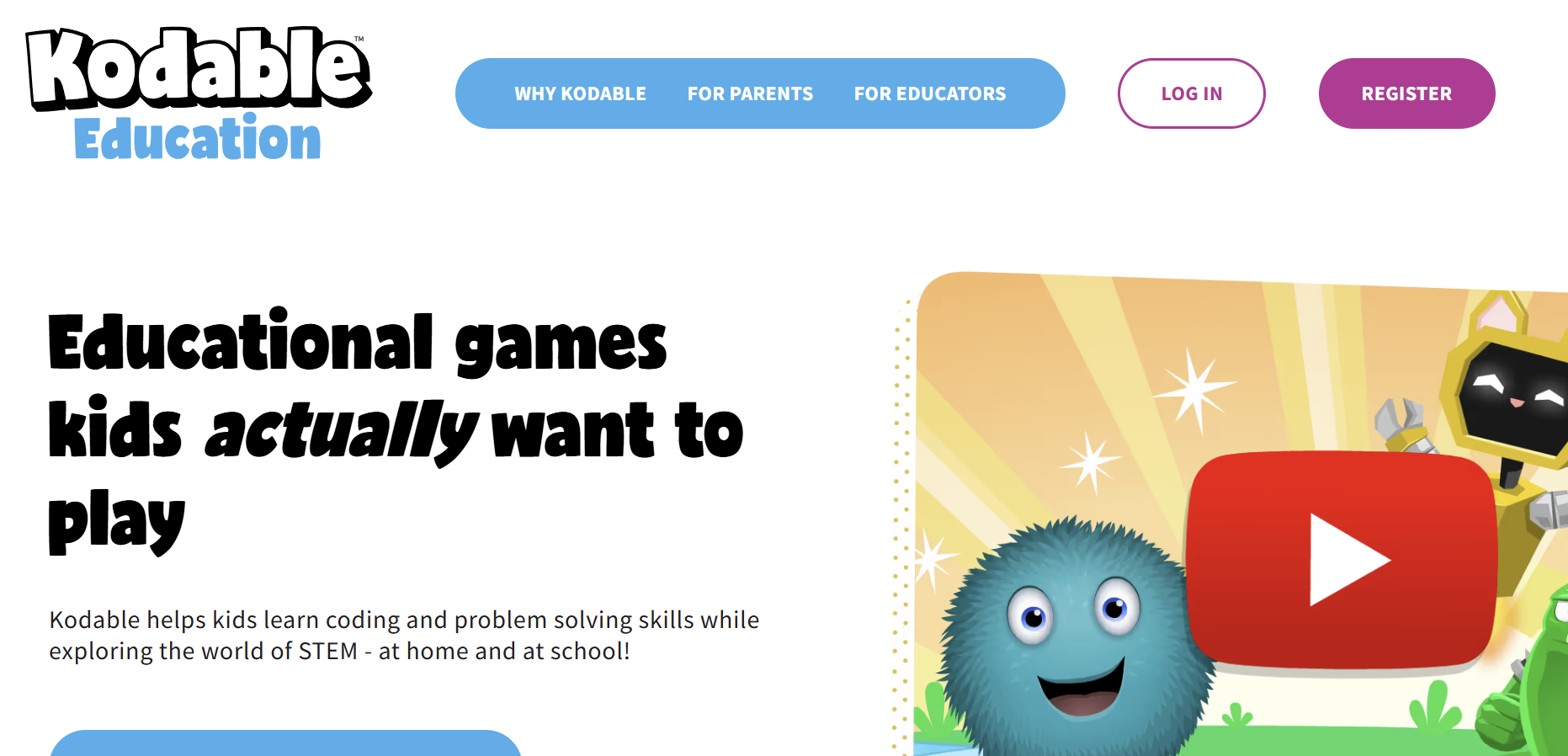
5. Kodable
Kodable is built for the youngest coders in mind. It introduces kids to programming logic through vibrant levels and age-appropriate challenges.
Features
Sequential thinking, debugging, loops, and more
Teacher/parent dashboard to track progress
Classroom-friendly features
Best for Ages: 4–10 Platforms: iOS, Web
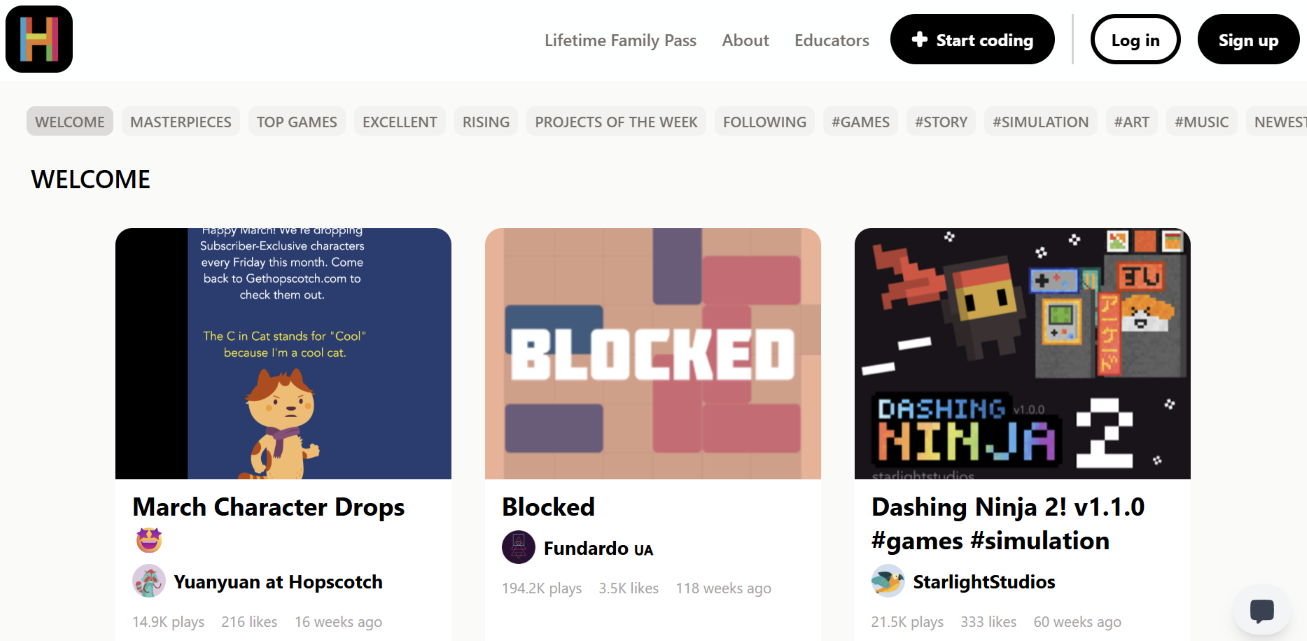
6. Hopscotch
Hopscotch empowers kids to create their own games, animations, and stories using a visual programming interface that feels like building with LEGO.
Features
Tap-and-drag coding experience
Peer sharing for inspiration and feedback
Encourages storytelling and creativity alongside logic
Best for Ages: 8–12 Platforms: iOS
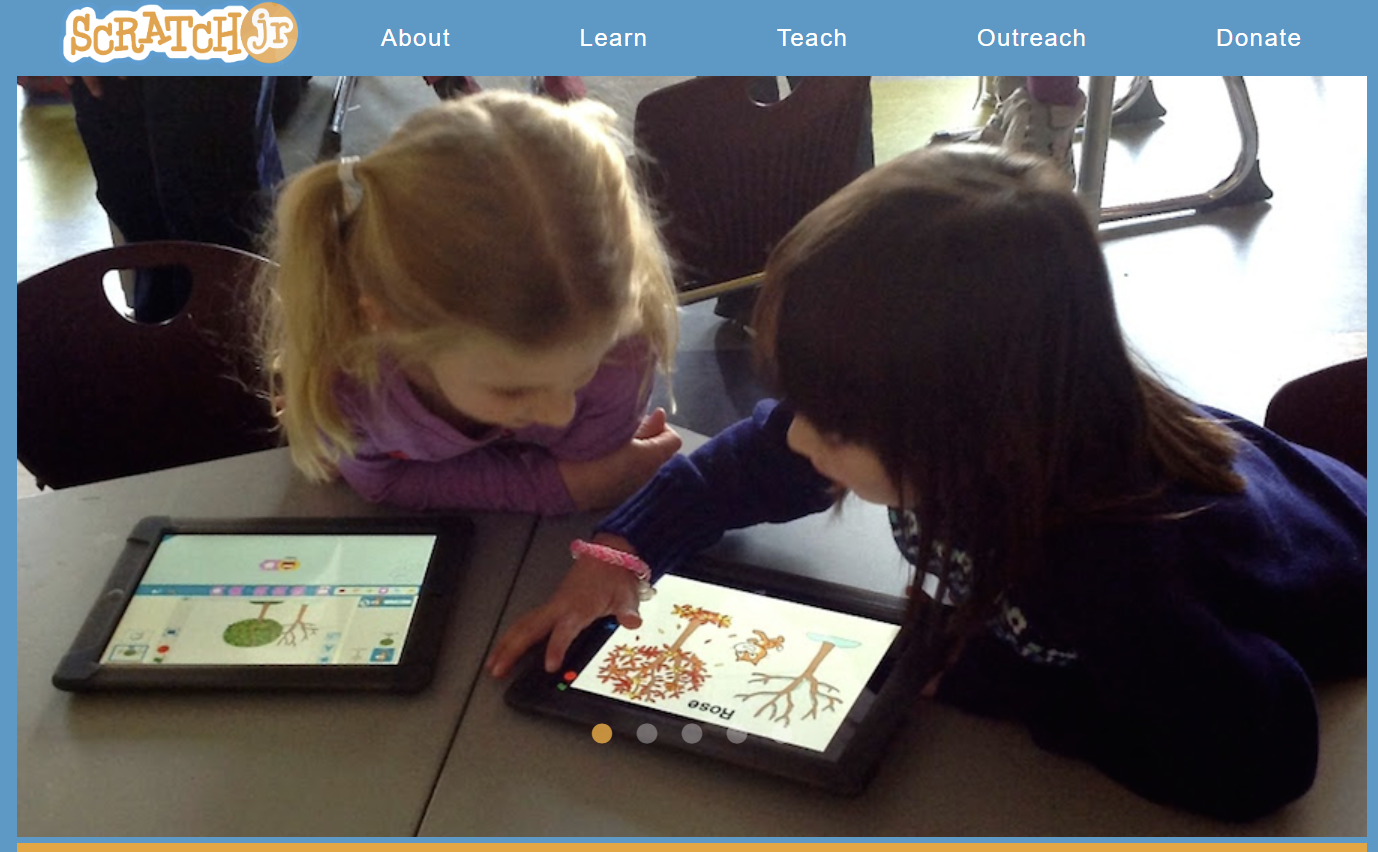
7. ScratchJr
ScratchJr simplifies the popular Scratch platform for younger kids, enabling them to tell interactive stories and solve puzzles with intuitive blocks.
Features
Visual drag-and-drop coding
Focus on storytelling and sequencing
Built with early childhood learning in mind
Best for Ages: 5–7 Platforms: iOS, Android
8. Cargo-Bot
In Cargo-Bot, kids program a robot arm to move crates using limited commands. It's a simple concept with deep logic challenges.
Features
No-nonsense programming puzzles
Teaches optimization and problem-solving
Great for logic lovers
Best for Ages: 8+ Platforms: iOS
9. Blockly Games
Google’s Blockly Games is a free collection of browser-based puzzles that move from basic visual coding to JavaScript.
Features
Learn logic and syntax gradually
Ideal for intermediate learners who want to go deeper
No app install required
Best for Ages: 8–14 Platforms: Web

10. RoboLogic
RoboLogic challenges kids to program a robot using logical steps to solve increasingly difficult puzzles.
Features
Fun for kids who love optimization and efficiency
Great practice for planning and testing
Encourages debugging and experimentation
Best for Ages: 9–14 Platforms: iOS
Coding & STEM Creativity Quick Comparison Table
App | Age Range | Best For | Platforms |
DIY.org | 6–16 | Creative STEM & coding projects | iOS, Web |
Tynker | 7–14 | Game design, Minecraft mods, robotics | iOS, Web |
Swift Playgrounds | 10+ | Real-world coding in Swift | iPad, Mac |
Lightbot | 5–9 | Logic puzzles and basic programming | iOS, Android |
Kodable | 4–10 | Early childhood coding foundations | iOS, Web |
Hopscotch | 8–12 | Game creation and peer sharing | iOS |
ScratchJr | 5–7 | Storytelling through code | iOS, Android |
Cargo-Bot | 8+ | Programming puzzles | iOS |
Blockly Games | 8–14 | Browser-based logic & syntax learning | Web |
RoboLogic | 9–14 | Virtual robotics and logic challenges | iOS |
FAQs on Coding & STEM Apps for Kids (2025)
What is the best app to help kids learn coding and STEM?
DIY combines coding, robotics, science, and creative projects with expert-led lessons in a safe, moderated community.
What are some free or affordable coding apps for kids?
DIY (free trial), ScratchJr, Kano.me, Swift Playgrounds. Premium apps like Tynker and Kodable have free tiers.
Is DIY.org safe for young children to use?
Yes human moderation, no ads, private accounts, and a parent dashboard for tracking progress.
What age is best to introduce kids to coding apps?
Ages 4–5: DIY, Kano.me, Lightbot. Older kids: Tynker, Swift Playgrounds, DIY’s Python/robotics.
Can STEM apps really help my child academically?
Yes they boost problem-solving, logic, math, creativity, and digital literacy. Many align with school standards.
Which coding app balances creativity and STEM the best?
DIY lets kids code games, design projects, animate, and experiment on one platform.
The Future of Learning Is Play
Coding and STEM learning don’t have to be dry or intimidating. The right apps transform screen time into a playground of creativity, logic, and innovation. Whether your child is animating a story, building a robot, or just figuring out how loops work, these tools help them build the skills they’ll need for tomorrow.
✨ Start with DIY.org if you’re looking for a safe, inspiring platform that offers it all from coding to crafts, from storytelling to science. It’s where creative minds grow, one challenge at a time.

